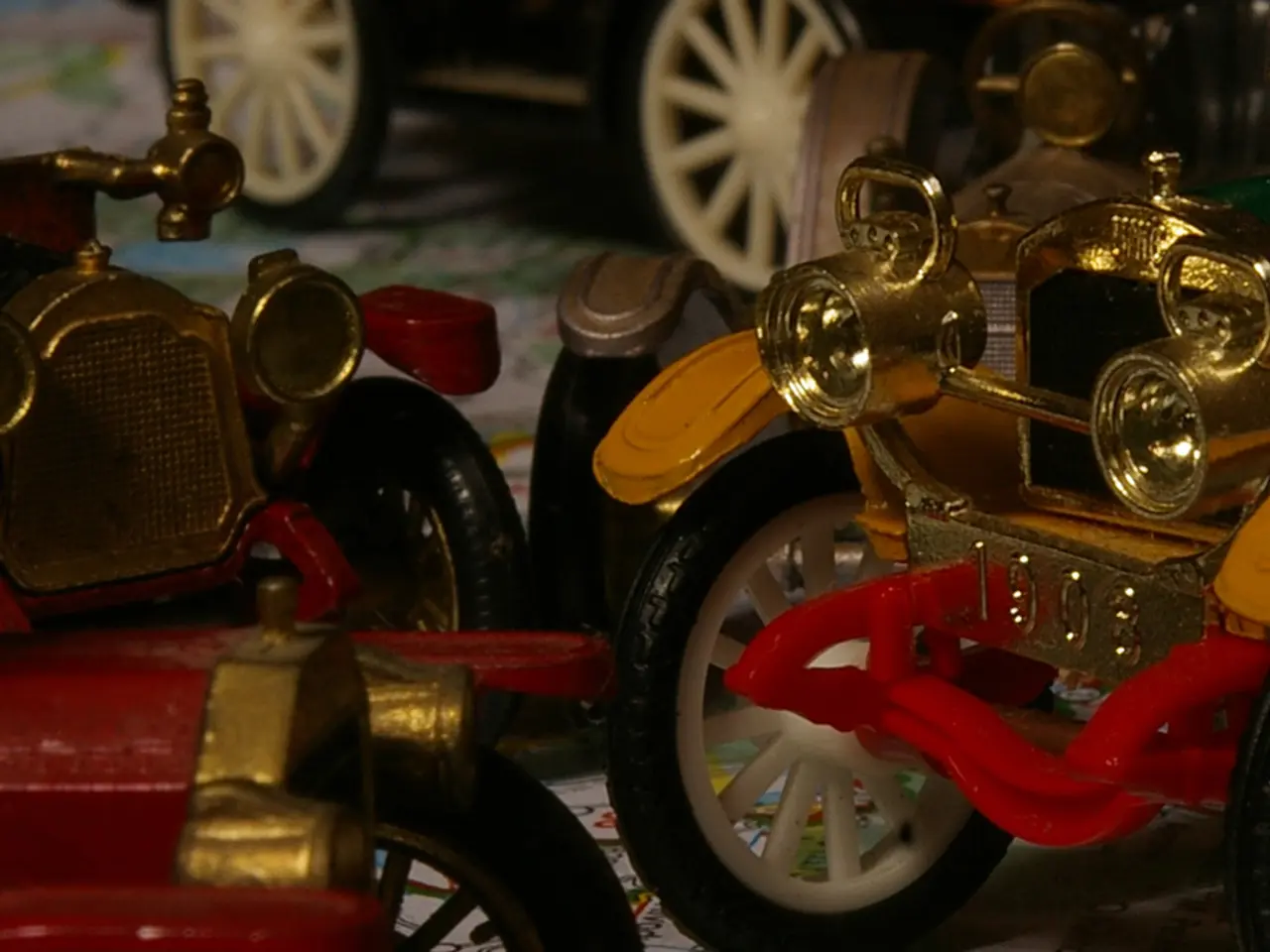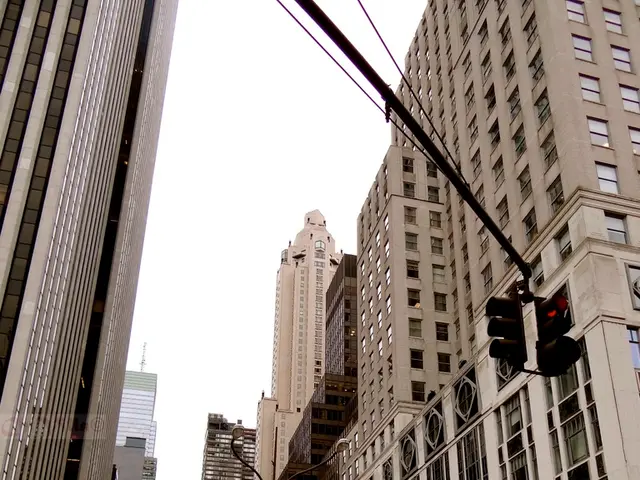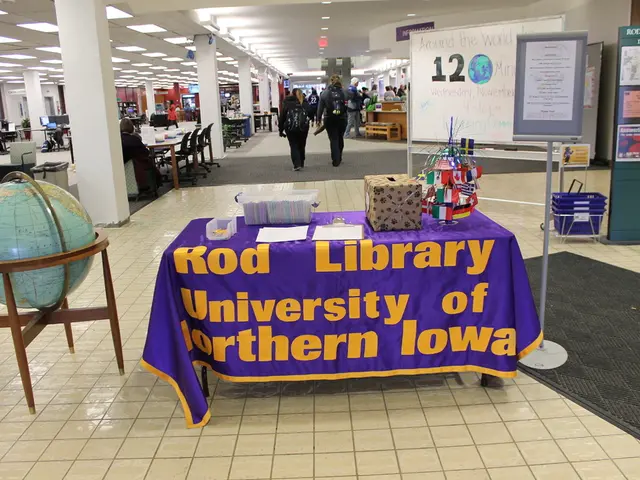Delving Deeper into Toyota's Auto Manufacturing Roots: Sequel 2
The Toyopet Racer revival project, completed in March 2022, served as a valuable learning experience for a team of young engineers at Toyota. Led by Masashi Watanabe and Daichi Sugimoto, the team, made up of employees in their 20s and 30s, embarked on a mission to rebuild the iconic vehicle from the ground up, using only a handful of surviving photographs and documents as their guide.
For Watanabe, the project underscored the importance of viewing a project as a whole. He noted that there are parts of a project that cannot be divided, and this realization helped him appreciate the value of looking at a project holistically as a leader.
Sugimoto, on the other hand, found the project enjoyable due to the freedom it offered him to decide what he wanted to focus on. His motivation came from the passionate ambition of Kiichiro Toyoda and the people who worked with him to create a car not just for Toyota, but for the future of Japan's auto industry.
The project was a challenging endeavour for Sugimoto, as he had little knowledge about the Toyopet Racer when he applied for the project but was eager to try his hand at building a car. He had to learn and think for himself from scratch, as he had no experience in designing, manufacturing, or assembling suspensions.
Watanabe, who joined Toyota a year after the TV drama "Leaders" aired, gained a deep understanding of Toyota's history and technologies through the project. He found himself constantly thinking about what drove the original creators while designing the body, and became emotional during the process.
The team had to coordinate carefully to both preserve authenticity and integrate new fabrication techniques. This taught them about balancing respect for heritage with innovation in a leadership context. They learned to trust and rely on each other's specialized skills and craftsmanship, communicate effectively across different technical disciplines, lead with a clear vision, and embrace patience and precision given the complexity and historical significance of the vehicle.
The project also sought to develop young engineers who will shape Toyota's future and understand the mindset of the car's creators by sticking to the original hand-crafted techniques wherever possible. This project-driven perspective is something that Watanabe believes will continue to benefit his work going forward.
In conclusion, the Toyopet Racer revival project was more than just a restoration project; it was a learning experience that taught young engineers valuable lessons about leadership and teamwork. By blending traditional craftsmanship with modern technology and maintaining precise coordination among specialists, the team was able to revive a historic vehicle faithfully while enhancing its performance beyond the original.
The Toyopet Racer revival project, with its blend of traditional craftsmanship and modern technology, showcased the importance of innovation in the automotive industry, especially for young engineers. Sugimoto, despite lacking prior experience in suspension design, found the project an opportunity to delve into finance, learning How to budget for necessary materials and equipment. Moreover, the project's emphasis on teamwork and collaboration also transcended the boundaries of technology, demonstrating that effective communication and trust are essential in the transportation sector as well.




